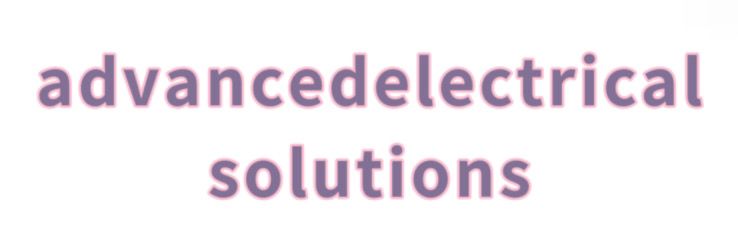Din Rail Power Meter: The Ultimate Guide to 3 Phase Monitoring
The rise of renewable energy sources and the increasing demand for electricity have made the monitoring of energy consumption more important than ever before. For industrial facilities and large commercial spaces, managing three-phase power systems efficiently is critical to reducing energy costs and maintaining system reliability. Enter the Din Rail Power Meter: a powerful tool that stands out for its ability to monitor, analyze, and report on three-phase systems effectively. This guide explores the ins and outs of three-phase monitoring, focusing on the features and benefits of Din Rail Power Meters.
Understanding Three-Phase Power Systems
Before diving into the specifics of Din Rail Power Meters, it's essential to understand the fundamentals of three-phase power. A three-phase system uses three alternating currents (AC), which are staggered in phase by 120 degrees. This configuration allows for a smoother and more efficient delivery of power, commonly used in industrial and commercial settings. By balancing loads across these three phases, facilities can achieve more consistent energy use and minimize strain on electrical systems.
What is a Din Rail Power Meter?
A Din Rail Power Meter is a compact device designed to monitor electrical parameters in three-phase systems. Mounted on a standard Din rail—a flat metal rail used for mounting circuit breakers and other electrical equipment—these meters are built for ease and convenience in electrical panel installations. They monitor voltage, current, power (real, reactive, and apparent), energy consumption, and even power factor, providing a comprehensive look at a facility's energy usage.
Key Features and Benefits
Precision Monitoring
One of the standout features of Din Rail Power Meters is their precision. These meters often come equipped with high-resolution sensors that accurately measure voltage and current, resulting in reliable data. Accurate monitoring allows facilities to identify inefficiencies and make data-driven decisions, leading to lower operational costs.
Real-time Data Reporting
Real-time data is critical for effective energy management. Most modern Din Rail Power Meters utilize communication protocols such as Modbus, BACnet, or other network interfaces to enable data transmission to a centralized monitoring system. This capability allows facility managers to receive instant updates and alerts regarding their energy consumption, enabling timely interventions and adjustments.
Energy Analytics
Beyond just monitoring, Din Rail Power Meters offer in-depth analytics. With built-in software tools, users can analyze historical data, identify trends, and forecast future energy consumption patterns. This analytical capability is essential for creating energy efficiency programs and verifying the return on investment (ROI) for energy-saving initiatives.
Overload Protection
Many Din Rail Power Meters are designed with built-in overload protection features. This capability helps prevent equipment damage caused by unexpected power surges or imbalances in the three-phase system. By providing alerts when certain thresholds are reached, these meters can safeguard both personnel and equipment.
Cost-Effectiveness
Investing in a Din Rail Power Meter can lead to substantial cost savings in the long term. By enabling businesses to monitor and optimize their energy usage, these meters help reduce unnecessary energy expenses. Furthermore, by identifying and addressing power quality issues, facilities can avoid costly downtime and enhance equipment lifespan.
Installing a Din Rail Power Meter
Installation is typically straightforward, especially for those familiar with electrical systems. However, it’s crucial to follow manufacturer guidelines for both safety and optimal performance. Positioning the meter at key locations within the electrical distribution system can maximize monitoring effectiveness. For large facilities with complex electrical setups, working with a qualified electrician ensures proper integration and functionality.
Case Study: The Impact of Din Rail Power Metering
Let’s take a look at a fictional case study of a manufacturing facility implementing Din Rail Power Meters. Prior to installation, the facility's energy expenses were unmanageable, and frequent production downtime was attributed to unexplained power fluctuations. After incorporating Din Rail Power Meters, the facility gained clear insights into energy consumption patterns and identified specific machinery causing overloads. By redistributing loads and ensuring better power factor correction, the manufacturing plant realized a 20% reduction in energy costs within the first year.
Conclusion
The Din Rail Power Meter is not just a device; it's an essential tool that enables businesses to navigate the complex landscape of energy management. Its ability to provide accurate measurements, real-time data, and invaluable insights makes it an indispensable part of modern industrial and commercial power systems. As industries increasingly prioritize energy efficiency and cost reduction, investing in advanced power monitoring solutions like Din Rail Power Meters becomes a strategic imperative. In this ever-evolving energy landscape, those who equip themselves with the right tools will undoubtedly lead the charge toward a more sustainable and cost-effective future.
Contact us to discuss your requirements of din rail power meter 3 phase, 3 Phase Power Monitor for Textile Mills, Energy Metering for Food Processing Plants. Our experienced sales team can help you identify the options that best suit your needs.

Comments